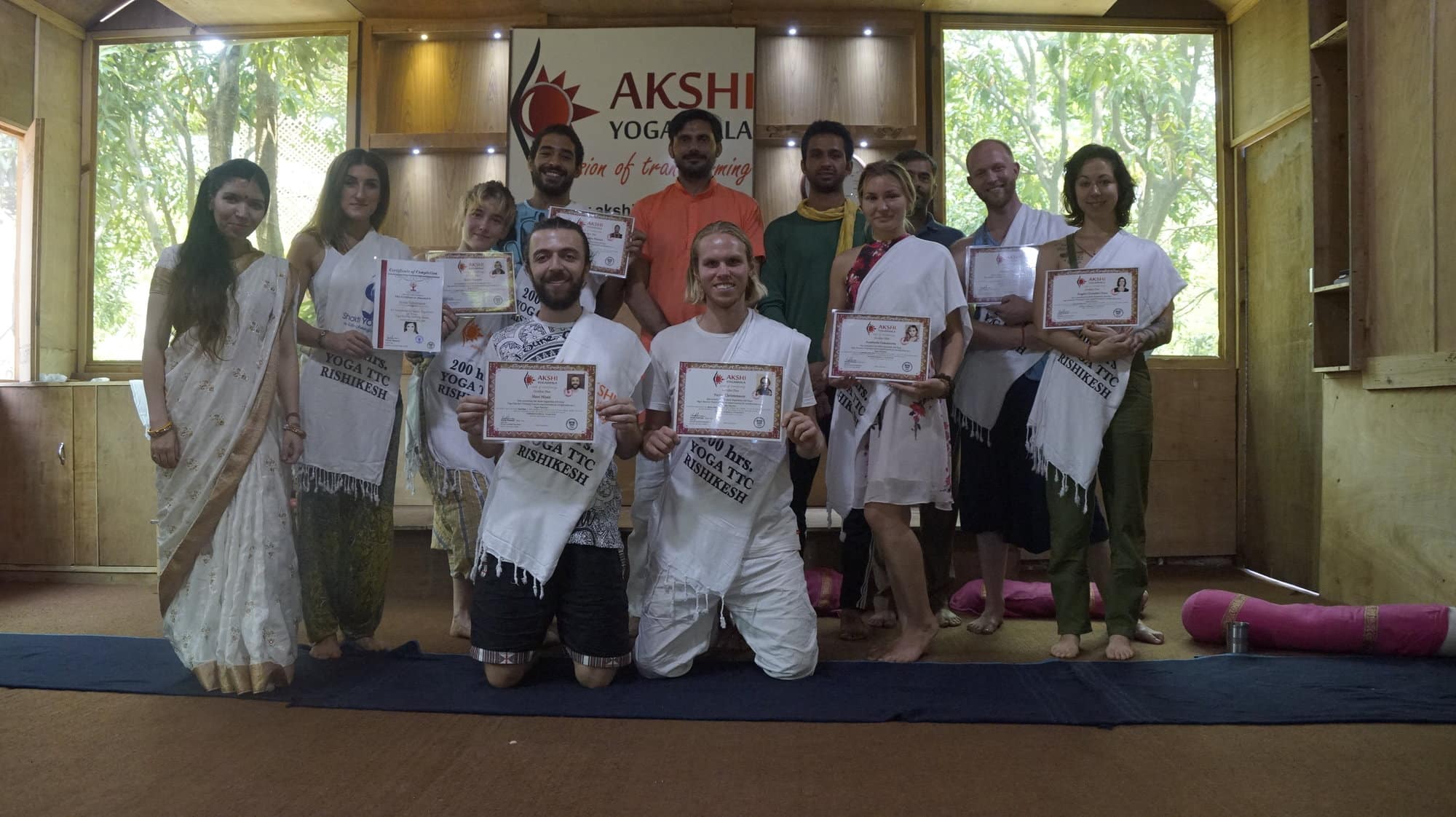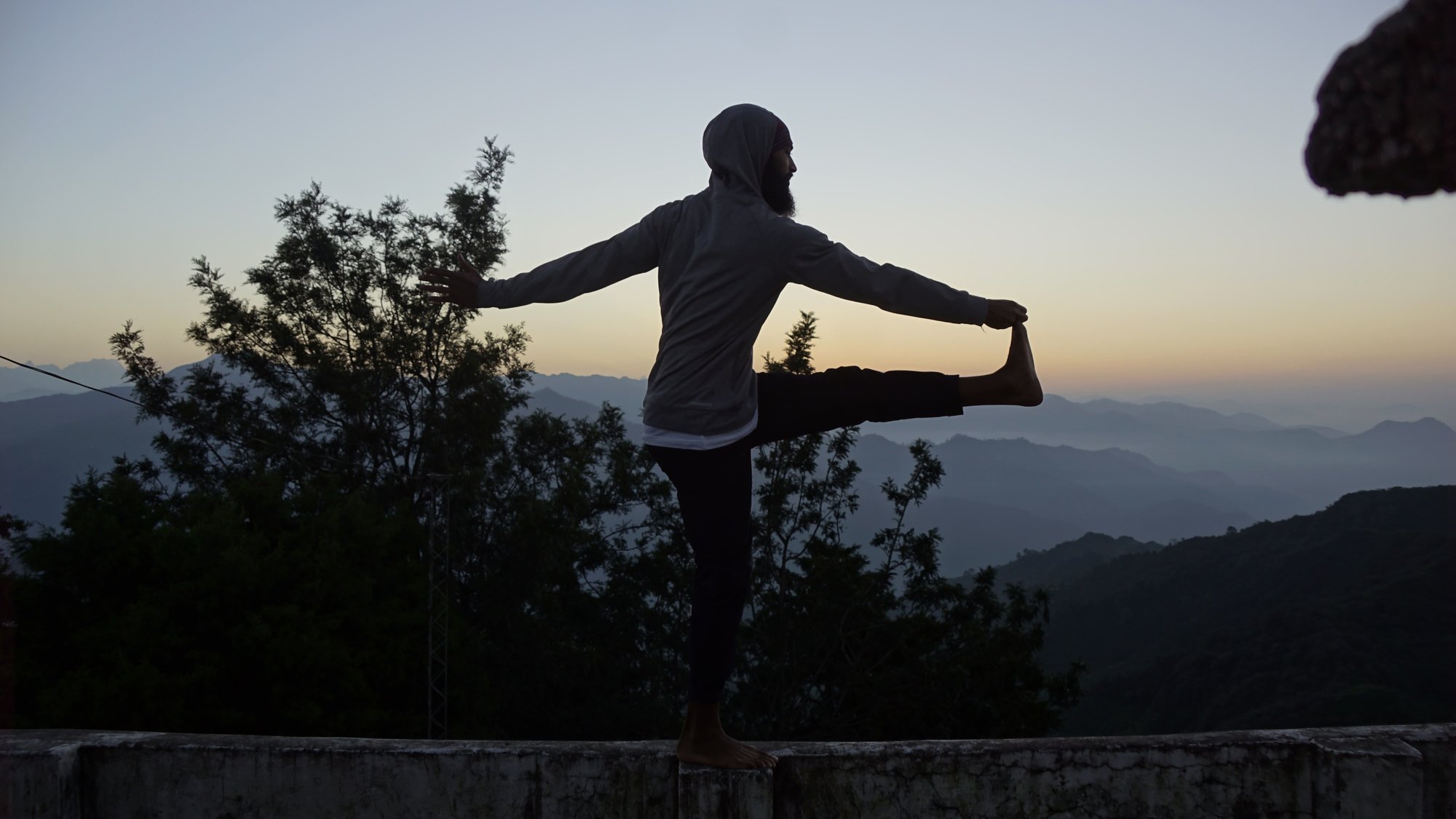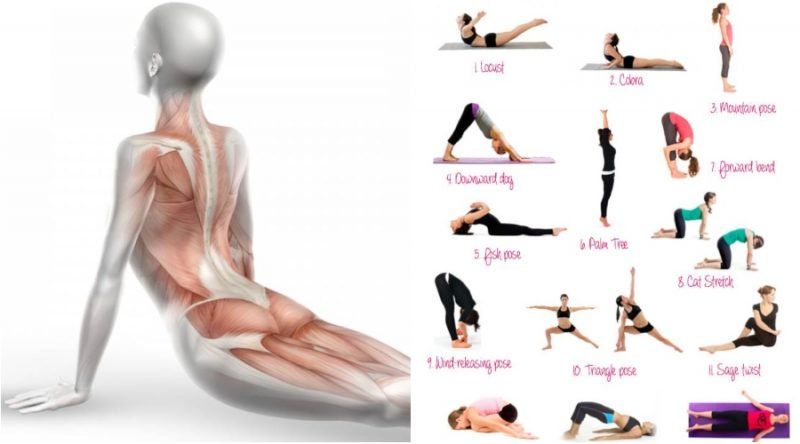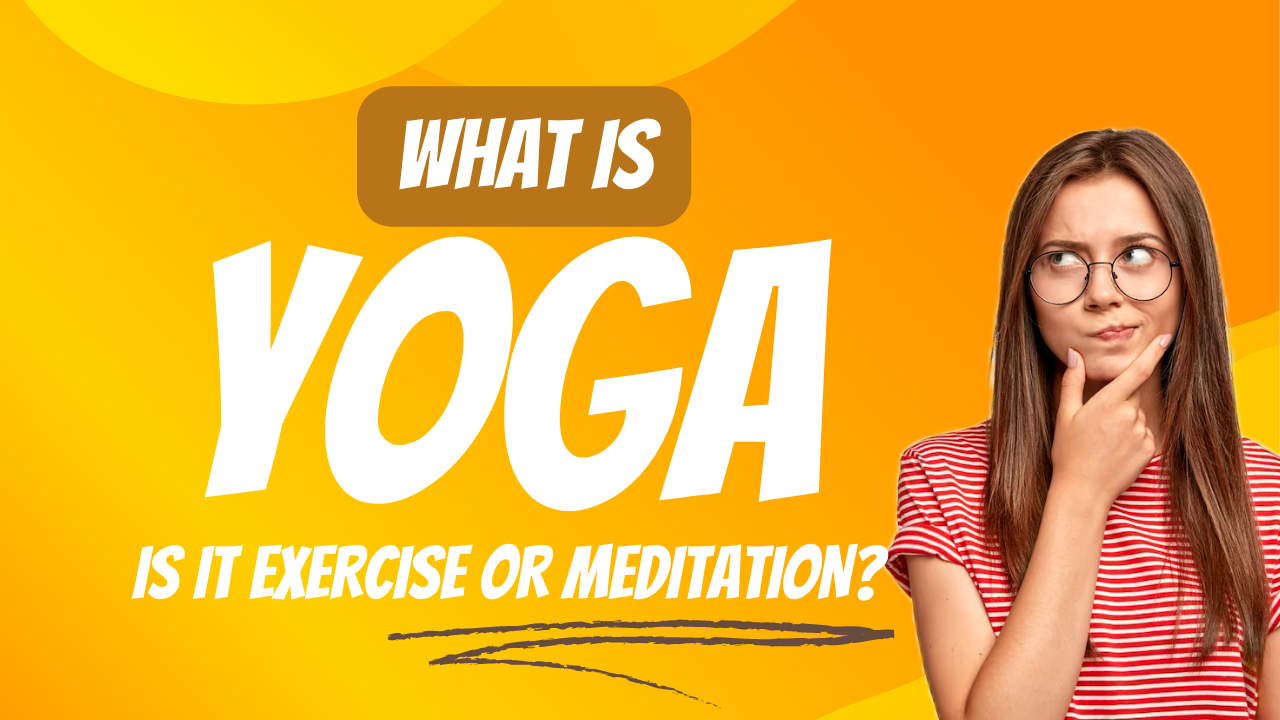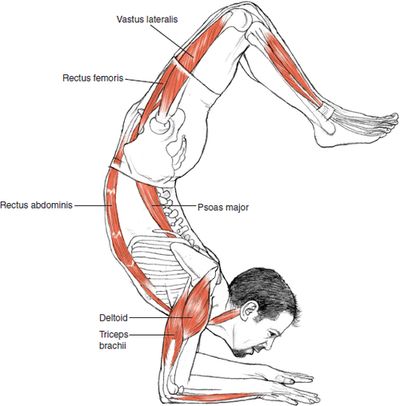Do you want to become a yoga teacher? Or are you interested in learning yoga for self practice?
The yoga teacher training course is a life changing experience. If you are sure you want to take a yoga teacher training course, the best place to start is with the Basic 200 Hour Yoga Teacher Training Course. This is an intensive course that requires your physical and emotional efforts. But be careful, as such a course can transform you and your lifestyle.
Choosing the perfect yoga teacher training course for you can be tiresome and confusing. So, we are here to help you decide you will never regret.
When choosing a yoga teacher training program, consider the following points:
-
Be clear about your yoga goal
Clarity is essential in life. When it comes to achieving your goals, be sure to define your intentions before moving on.
If you are interested in teaching yoga, then look for schools that follow teaching methodology. If you are not interested in teaching yoga, look for schools that specialize in topics that interest you. It is important to set the right goal, and then work towards its achievement.
-
What will you do with the acquired knowledge after finishing the yoga instructor course?
It is important to clarify how you will use yoga knowledge in the future, and then look for a suitable yoga teacher training school.
If you want to teach in a yoga studio, look for yoga teacher training courses that offer a Yoga Alliance certification upon graduation. And if you want to change your lifestyle, for example, want to include pranayama, meditation, yoga philosophy in your life, then choose yoga teacher training accordingly.
-
Determine the type of yoga
Different yoga schools offer different courses for different styles of yoga. If you want to practice a particular type of yoga, look for yoga schools that offer the same approach.
Some yoga training centers offer unique programs for different types of yoga. Hatha Yoga is the most popular and foundational yoga style included in the 200 Hour Yoga Teacher Training Program. All other styles are born from hatha yoga. Explore the various styles in detail to see which one is perfect for you.
-
Choose the right learning style
Everyone has their own unique learning style; choose what suits you BETTER!
Here you have two options. First, you can go through intensive immersion programs during which you disconnect from the rest of the world and immerse yourself in a deeper understanding of yoga. And the second option is to choose yoga training without leaving home, that is, online yoga teacher training. It’s up to you what you prefer.
-
The perfect place to learn yoga
Choose India for the best yoga training experience, an experience you will never forget.
There are many reasons why India is the best place to study yoga.
- The birthplace of yoga
- Authentic yoga training
- Experienced teachers and yoga gurus
- Affordable prices
- Yogic food
Since it will take a month to learn yoga, choose a place where you feel comfortable and where you would like to start your yoga journey. Look at the various yoga schools in India that offer courses that interest you.
-
Think about the cost
Cost is an important factor, but not overly important. If you choose India for yoga teacher training, yoga training will be fun yet affordable.
-
Listen to the experiences of others
By listening and learning from others, you will easily plan!
After hearing the opinions of people in the same profession, you will be able to decide about Yoga TTC. If you admire any yoga teacher, just ask him where he/she was trained and how was his/her whole experience of study yoga.
In the end, the decision should be yours, because everyone is unique and there is no universal course that would suit everyone.
-
Choose a place that resonates with you
Yoga training can be physically and mentally challenging. So, choose a place where you feel at home. And then check off your favorite yoga teacher training schools, visit them, attend a few classes, and then decide.
Training is a significant investment for a yoga teacher, so it must be productive. Make sure you like your teacher trainers and the way they teach.
We hope these points will help you choose the perfect yoga teacher training course. A good course can affect your entire life. So be wise in your decisions as some decisions cannot be undone.
If you choose India for yoga teacher training, choose Akshi Yogashala yoga school in Rishikesh. We offer 100, 200, 300 and 500 hour yoga teacher training in Rishikesh. This is an opportunity to learn yoga in the bosom of nature and on the Ganges. The vibrations of this place are fantastic and embrace you with positive energy.
Happy yoga journey with Akshi Yogashala !

